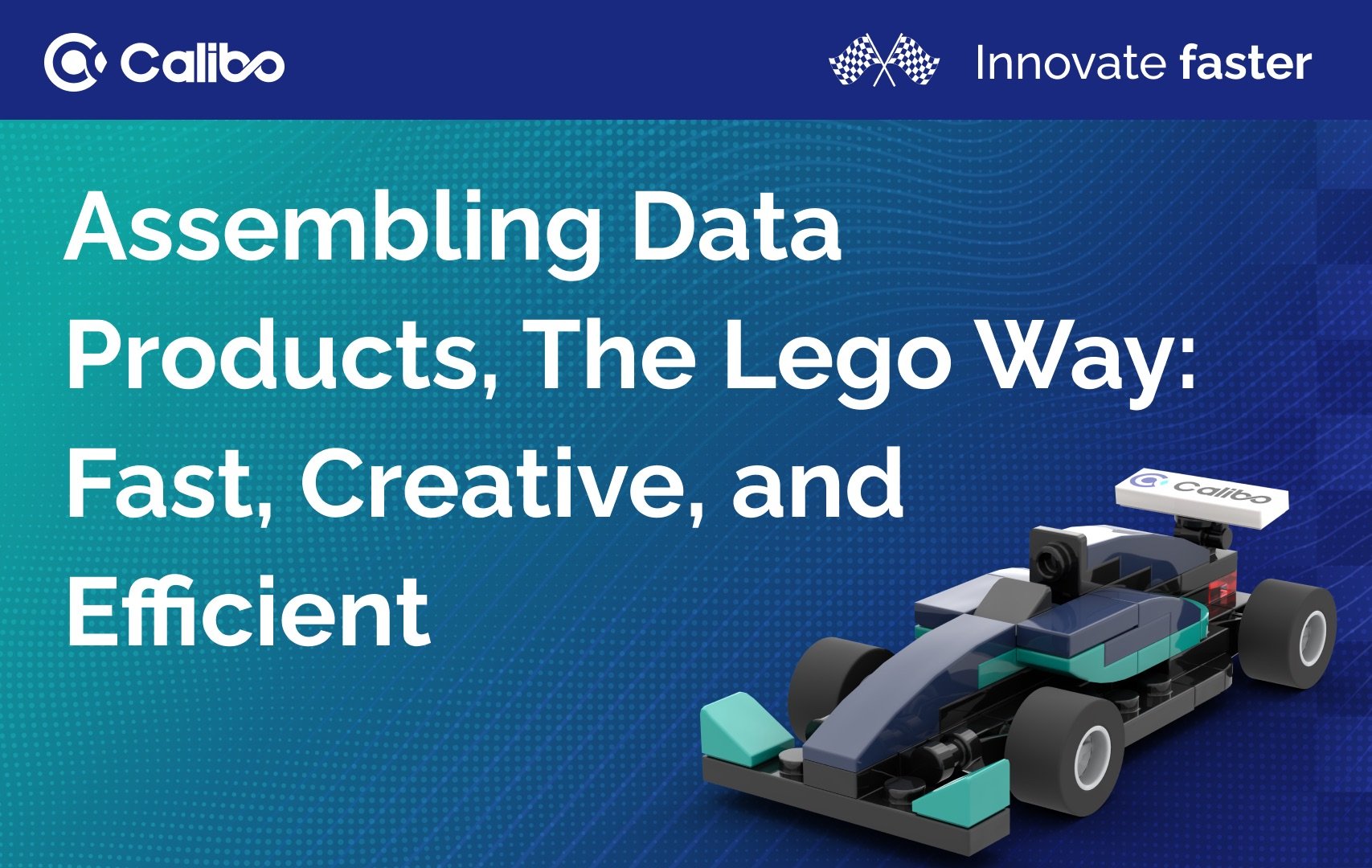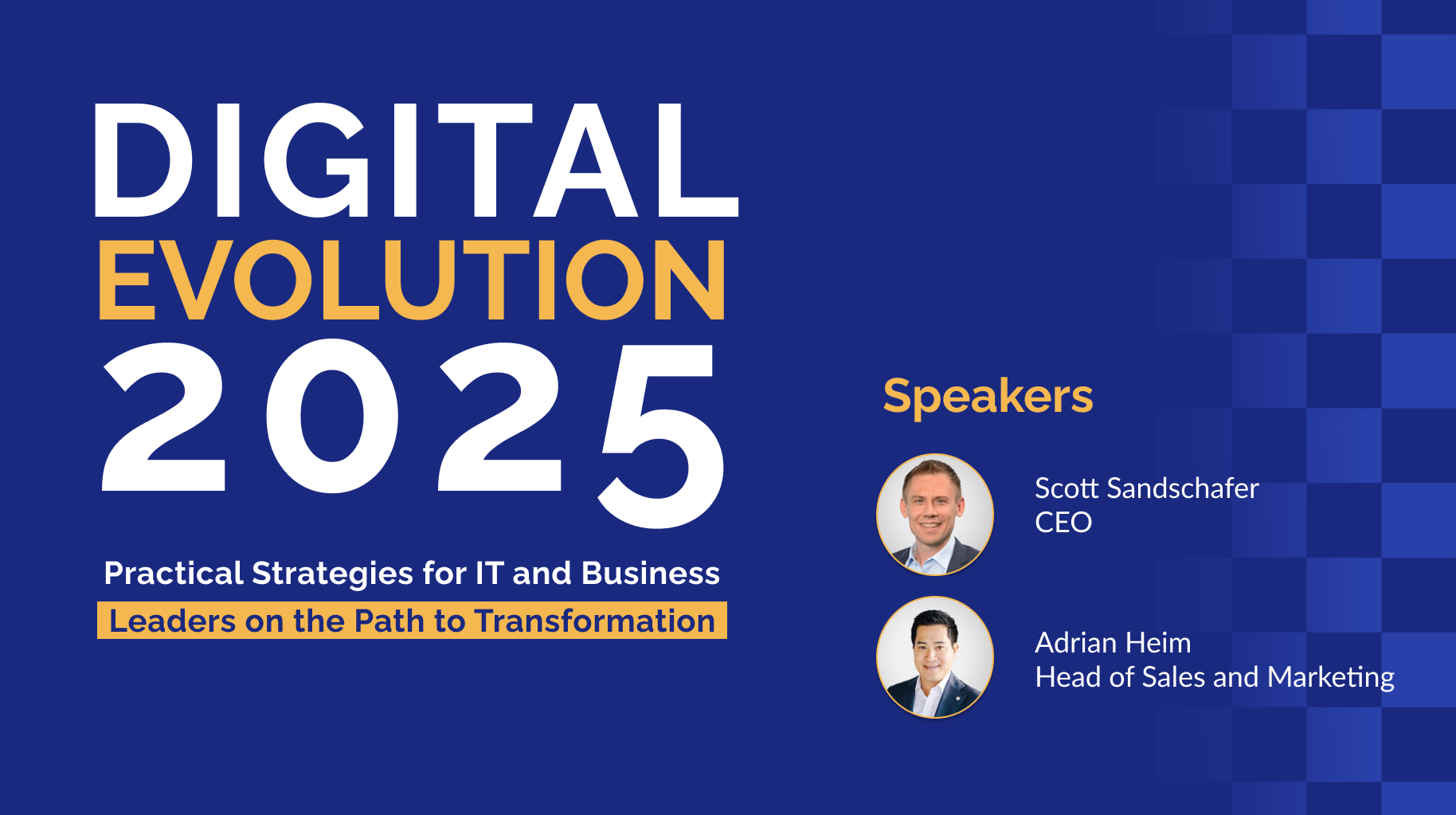
Highlighted resources
 Webinars
Webinars
Webinar: Assembling data products, the Lego way: fast, creative, and efficient
Explore more
More from Calibo
One platform, whether you’re in data or digital.
Find out more about our end-to-end enterprise solution.
close

